All The Things You Need To Boost SEO

SEO has proven over and over again that it is essential to growing (and maintaining) your business. However, it doesn’t often get the spotlight it deserves! So, here’s some things you need to know to boost SEO.
What is SEO?
SEO stands for search engine optimization. Search engines look at look at many site elements like structure and design, visitor behavior, content, and other external factors to decide how highly ranked your site should be in the results pages. SEO has become the catch all term for all things you can do to make your site look more appealing to search engines.
What are the advantages of good SEO?
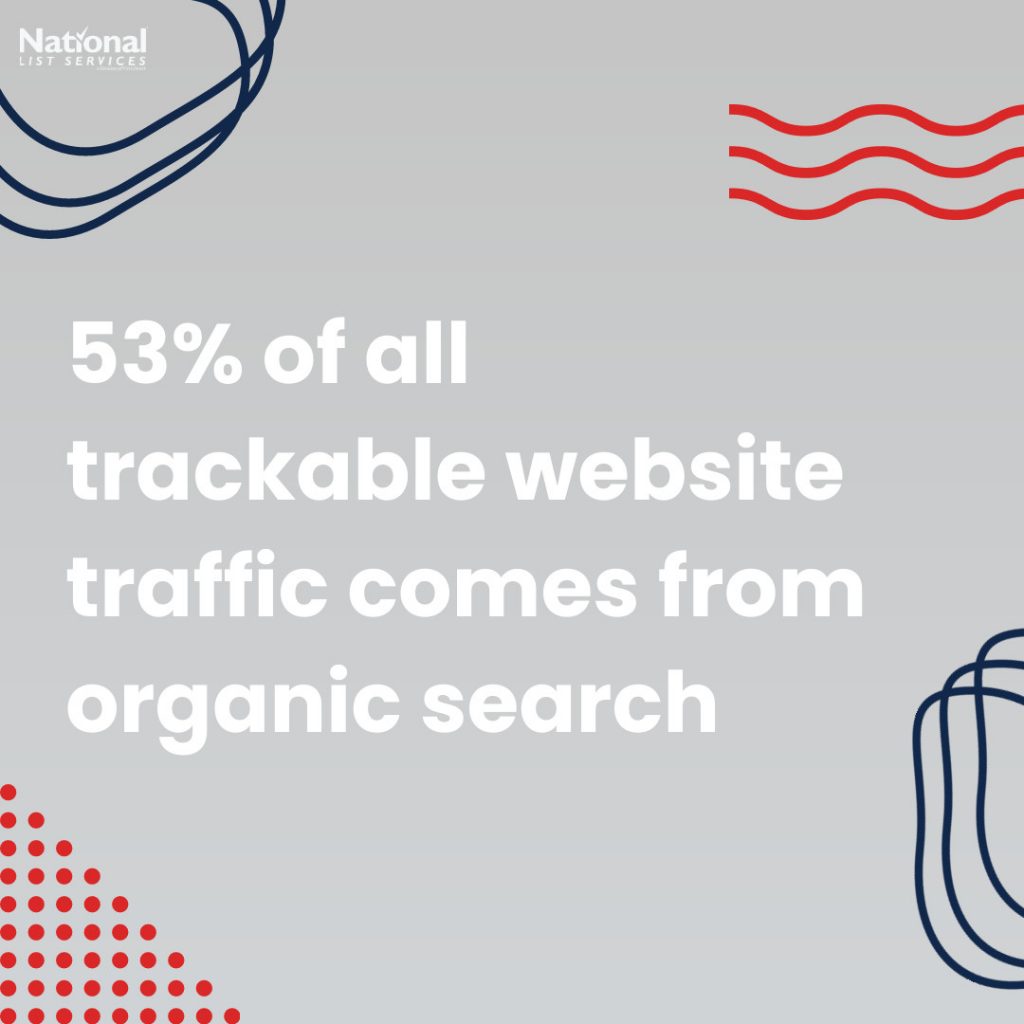
Good SEO gives your website credibility. It makes it easier for people to find your website when they search for it. And it helps create a smoother user experience.
The other important reason for making sure your websites SEO is up to snuff is that it helps generate organic traffic. 53% of all trackable website traffic comes from organic search. SEO is the main thing influencing how easy it is to find you online organically. Which is probably why it’s estimated that agencies and brands spent over $79.27 Billion on SEO services last year.
SEO is also important in driving local searches. When you search for “Best Pizza Place” near me, the results you are shown are based on the pizza place’s SEO keywords.
Where do you need to pay attention to SEO?
Everything “online” can be indexed and therefore optimized. Google indexes websites and apps that they own. So, your YouTube video search optimization is connected and combined with your website optimization. However, some companies, like Facebook, categorize videos and posts internally, meaning that it doesn’t help general search engine SEO.
What can you do to boost SEO?
Personally, I would split SEO into 2 main categories: Content and Categorization. Both are super important but require different things.
Content
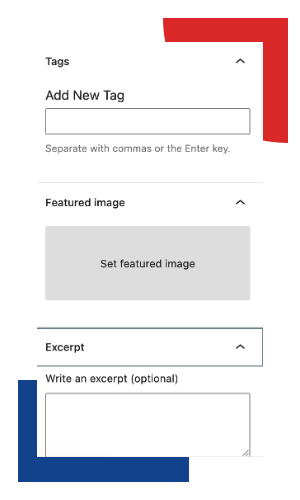
Content is all the things you put out there. Search engines look at what you are putting out there to determine your search rankings. Google likes blog articles and web pages with a lot of content. Adding pictures, videos, links, and charts shows search engines that what you are creating should be seen. They are going to rank something high in the search results if they don’t think its valuable.
To go along with that, search engines look at user experience. Is your website/blog easy to read? Do you have paragraphs, subheadings, punctuation, and spacing? Is it super short? (Long form content, over 2,000 words, tends to rank higher.) Do your pictures and video take a long time to load? How about accessibly? Do you have alt text for your images and text readers?
Search engines want to provide the best possible experience for its user and will rank your website accordingly.
Categorization
Categorization is all the “backend” stuff. Keywords, hashtags, blog categories, utm links, exerpts, and featured images all fall into this bucket. The best way to boost this type of SEO is literally just fill in every box provided. If the video you are uploading to YouTube as a field for title, description, keywords, hashtags, ect: give them that information! Search engines need to know what they are ranking, and all the backend information is how they know what it is and where it should go.
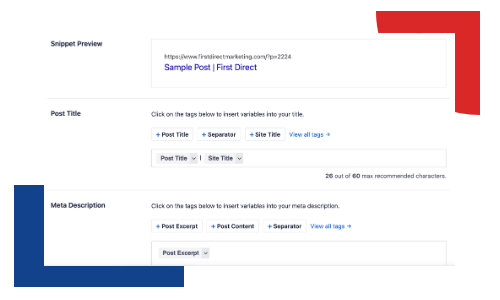
If you write an article called “How to make good pizza” the search engine will put with other information on pizza. However, if your article also has keywords like, “good pizza,” “how to,” “cooking,” “dinner for two,” “Italian food,” and so on, the search engine has a lot more places it can show the article.
Another thing you can do to boost SEO is to repurpose content. Search engines like to see a lot of content that revolves around a single topic. It shows a consistent brand message and purpose. A consistent brand message can indicate brand value.
What ways have you found to be effective in boosting SEO? Do you have a favorite method?
Be Your Own Brand Spokesperson – Why?
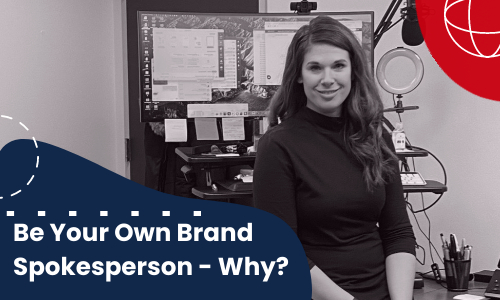
While branding your company most people focus on things like logos, colors, message. Which is all super important! However, in this visual digital world we are living, putting a face to the name (or brand, in this case) is very valuable. For example, pictures with faces in them are on average 38% more likely to get likes and 32% more likely to receive comments.
Here’s some specific reasons to use your face in branding and ways to do so!
Why Showing Your Face Helps Your Business
Here are 4 reasons!

- Using your face helps brand recognition
There’s a reason why brands use spokespeople. It is often easier for people to remember other people than it is to remember brands or companies. - It humanizes your brand
People like to work with people, not “soulless corporations.” Connecting your face to your company makes it easier for customers to relate to you and build an emotional connection. This is one reason why it’s helpful to use your face. Chances are that you and your company share the same values and goals. Having that message come from you and the company reinforces those ideals and helps other care about them too!
Another aspect of humanizing your brand is the trust that comes with it. It’s much easier to trust a person than a company; you know who they are and what they stand for. Linking you to your brand pulls that trust over.
- It creates engagement
Knowing who they are engaging with makes it easier for customer to connect with you on social media. Also, our brains are literally wired to find faces so putting your face front and center will help draw people to your content.
- It helps shape your community
This may sound confusing but linking your face and your brand can help create a more accurate and diverse business community. We all play a part in shaping the communities we are a part of. All of us have a story or journey to share. Highlighting your story along with your company story creates diversity. And you never know who your story will touch!
How to put your face front and center
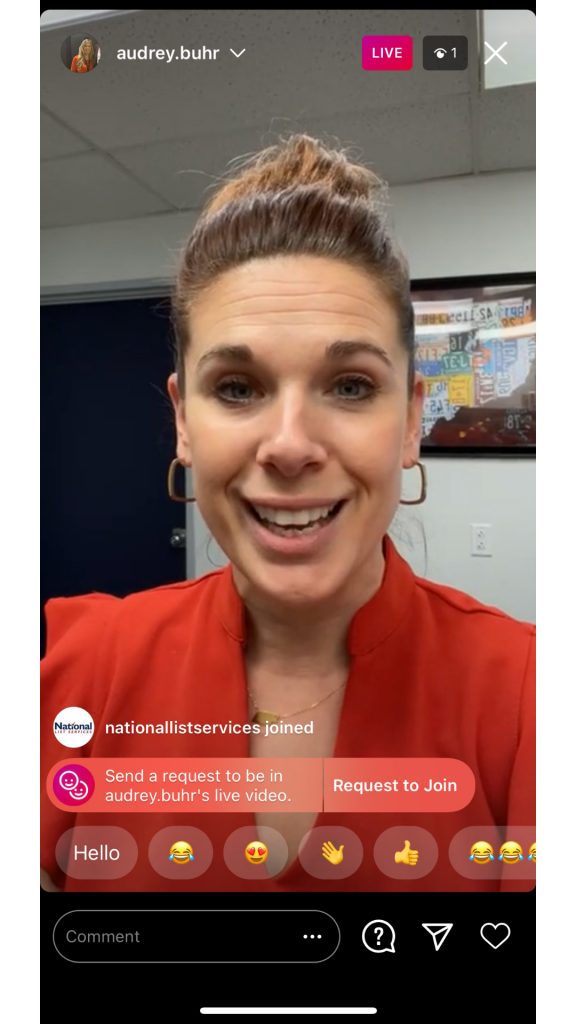
Here’s some tips to get started
Show behind the scenes
Pull back the curtain on your day to day. Everyone loves behind the scenes. Showing what you are doing is a good way to ease into using your face for marketing. It’s can be simple to do, just bring your audience along to your tasks! It’s a good way for people to get to know you and all the things you. It also can help your customers appreciate all you do!
Use stories!
Stories is a great place to show all those behind-the-scenes shots. It’s also a great place to speak to the camera about your company and your mission. Stories get a lot of engagement but disappear after 24 hours so there’s a lot less pressure! To make it easier on yourself, prerecord your videos. Make “eye contact” with the camera, don’t look at your own face. Have a general idea of what you want to say, a bullet point list helps! And don’t worry about any word whiskers. The point of this is to help people get to know you and show authenticity. It doesn’t have to be perfect!
Go Live!
You might be surprised by how much more engagement live videos get! Unlike prerecorded videos, live streams make viewers feel like they are a part of the conversation. The more authentic interactions create more engagement. For example, on average, live content generates 10x more the comments that prerecorded videos. And people tend to watch live content 10-20x longer.
We want to see your face! How do you connect your personal brand to your company brand?
What’s Your Customer Journey?

In 2020 we have lost many personal or face to face connections with customers. Therefore, digital marketing has to feel more personal. How? Focusing on your customer’s journey is the first step.
What is a customer journey? The customer journey is the order of all of your customers interactions and experiences with your company and brand. It is often illustrated in map form.
How can you build a customer journey?
Step one, who are your current customers? Analyze your first party data. What does your average customer “look” like? What is their age, gender, occupation? Do they have any specific interests or hobbies?
Step two, who are your potentials? Once you know who your average customer is you can build a look-a-like report to gain more prospects. (What is a look-a-like report? Get more information here.)
Step three, map their journey. How do they first hear about your brand? What are going to be their first interactions? What happens before they buy something? What happens after?
Here’s how that could be illustrated:
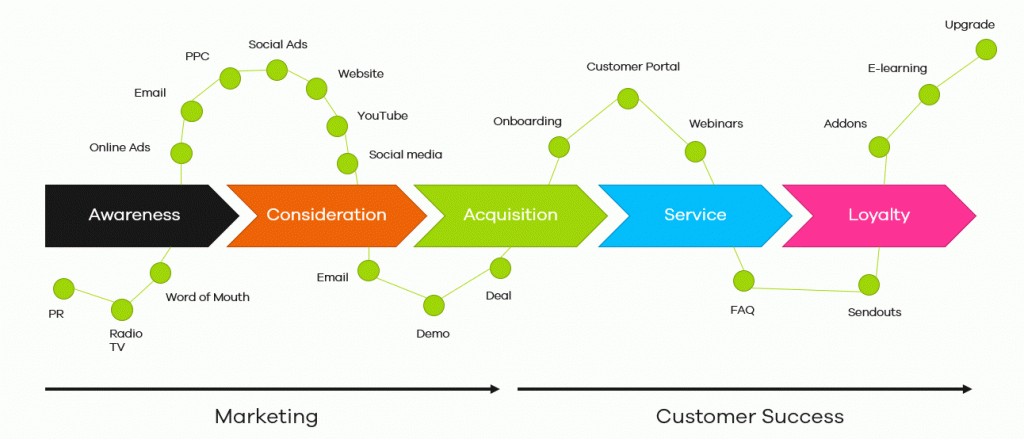
Blast marketing campaigns aren’t nearly as effective as they used to be. Building a campaign based on your customer’s journey can greatly increase your conversions and long-time customer loyalty. (One study found conversions were boosted over 300%!)
How can you use customer journeys?
